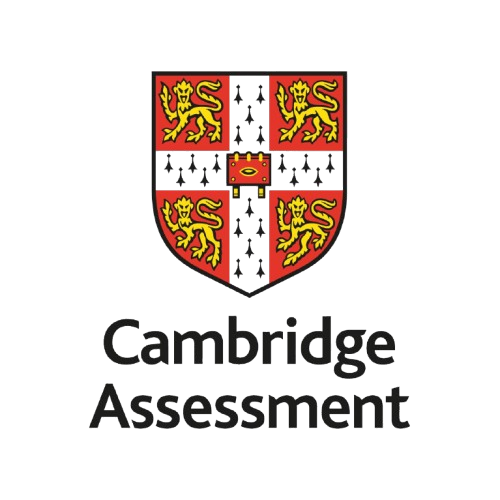Key Stage 4 - Combined Science
Biology, Chemistry, and Physics
About this course
GCSE Combined Science
Our course
GCSE Combined Science
GCSE Combined Science follows the UK National Curriculum and covers the core principles of Biology, Chemistry, and Physics. It is equivalent to two GCSE qualifications and provides a solid foundation for further study in science-related subjects at A-Level or vocational courses.
Students will develop their knowledge and understanding of key scientific concepts, practical skills, and how science applies to real-world situations. The course encourages critical thinking, problem-solving, and analytical skills, preparing students for both academic progression and everyday life.
Course Content:
Biology: Cell biology, organisation, infection and response, bioenergetics, homeostasis, inheritance, evolution, and ecology.
Chemistry: Atomic structure, the periodic table, bonding, quantitative chemistry, chemical changes, energy changes, rate of reaction, organic chemistry, chemical analysis, and the Earth’s resources.
Physics: Energy, electricity, particle model of matter, atomic structure, forces, waves, and magnetism.
Assessment:
Students take six exam papers (two for each science) at the end of Year 11.
Each paper is 1 hour 15 minutes and includes multiple-choice, structured, closed short-answer, and open response questions.
Practical skills are assessed through written exams, based on required practical activities completed during the course.
Pathways after this course:
A-Level sciences (Biology, Chemistry, Physics)
Applied science courses
Science-related apprenticeships
This course is ideal for students who want a balanced understanding of all three sciences without specialising in just one.
Key information
Delivery method
Online, real-time classrooms, 24/7 access to curriculum
Start date
September and throughout the year
About our fees
We have several fee packages and options, with differing levels of commitment to suit most circumstances. In most cases parents have the option to pay in instalments, spreading the cost of the investment.













